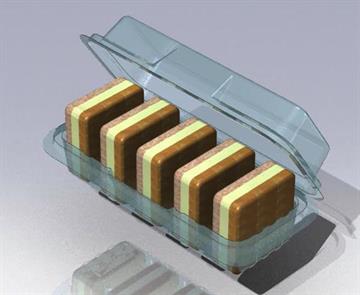About Plastics By Design Ltd..
Plastics by Design are a family run business with over 30 years of experience. We pride ourselves on our high quality and friendly customer service with an extensive knowledge in the plastics thermoforming industry. We take a customer's project from the design stage right through to the final production ensuring that the process is overseen at all times. We are friendly and helpful and work closely in a productive partnership to save you time and more importantly money! We make sure that our plastic thermoformed products are cost effective solutions. Our expertise and experience of designing products and components, for many different blue-chip companies all over the world, means we can propose solutions.
Also, we perform assembly work and adopt the responsibility of project management. Our consistent high standards are evident from the various awards our design team have obtained, including Gold in the British P.O.P. the Gold G.L.E.E. and a Star pack award. Using 3D cad work, we can produce a concept design from which we can create rapid prototypes and in turn, a production tool. Most samples and designs can be produced in a matter of days. At your request we have a design manual available for vacuum forming, pressure forming and twin sheet moulding, detailing our services. The Manufacturing plants that we use to produce the vacuum formings etc area all accredited with the BRC/IOP Global Standard and BS EN ISO 9001: 2008 Quality Standard.

In order to see the Twitter feed you must be logged into your X account.


